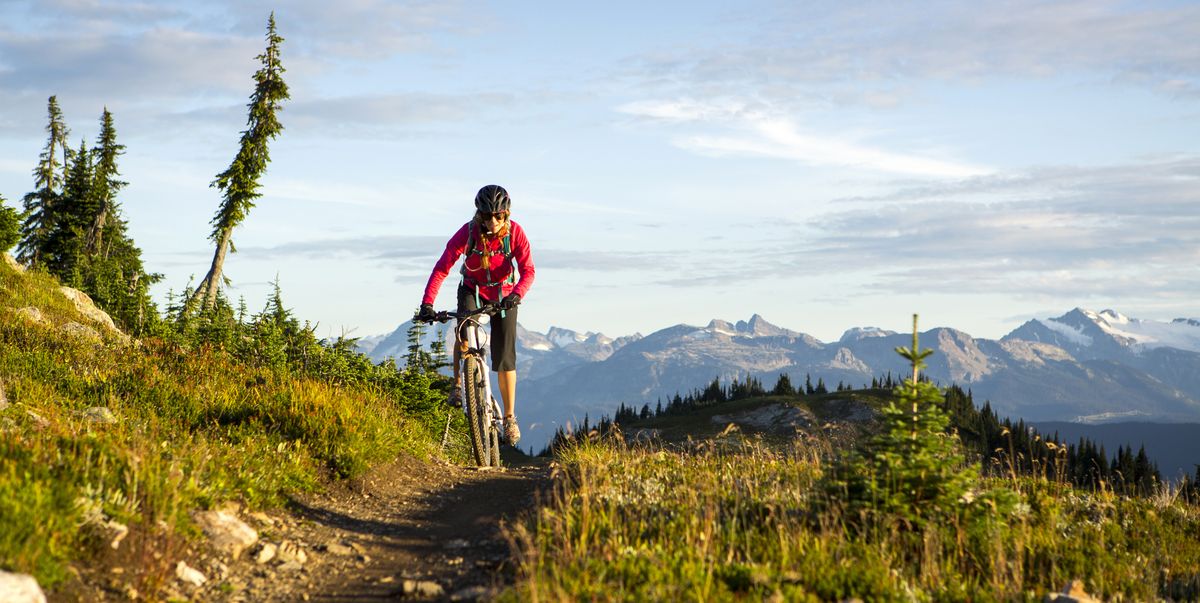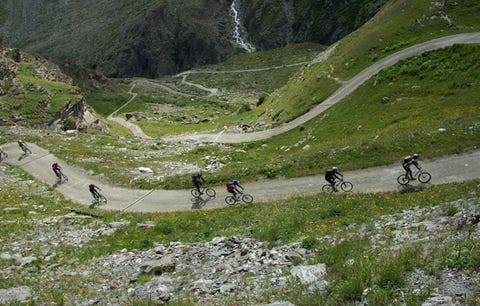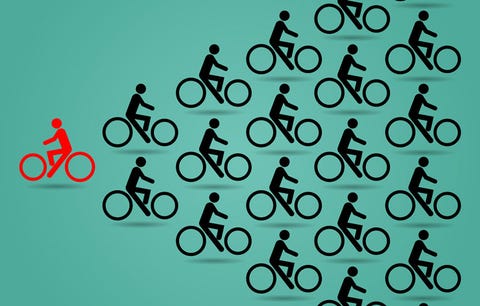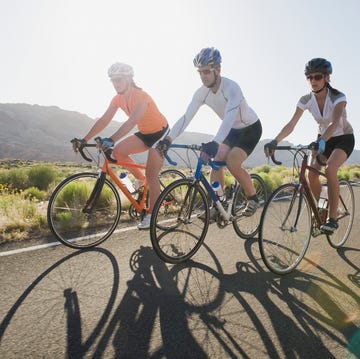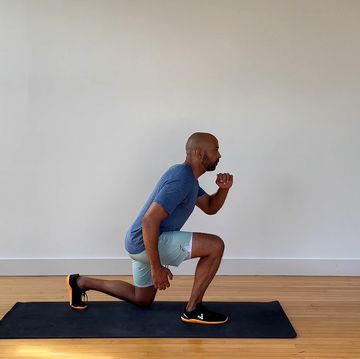This is What Happens to Your Body At Altitude
The higher you go, the weirder stuff gets. Here’s what to expect while up in the clouds and what to watch out for.
I can’t say I wasn’t warned.
My fellow teammates and even my competitors gave me their best advice as I headed out to race the Breck Epic, a six-day mountain bike stage race that was mostly above 10,000 feet. “Don’t go into the red, or you’ll never recover,” they said with the gravity of those who had seen things racers don’t want to see. So what did I do? Shot off the line like a cannonball, soared into the red and spent the rest of Stage One dropping anchor as everyone in the race passed me by like I was a potted plant.
I learned much from that experience and, following the wisdom of high-altitude experts like Peter Hackett, M.D., director at the Institute for Altitude Medicine in Telluride, Colorado, I learned even more during subsequent two trips to the infamous races in Leadville, Colorado. Most notably, there’s no hiding from or escaping the effects caused by higher elevations, but if you understand what’s happening to your body at altitude, you can take measures to prevent the worst of the potential woes and maximize your performance and enjoyment of your next ride into thin air. Here’s what’s going on.
[Want to fly up hills? Climb! gives you the workouts and mental strategies to conquer your nearest peak.]

Watch Next


5 Ways You Can Benefit From Cycling at Your Desk
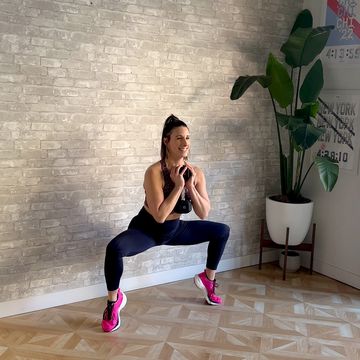
Inner Thigh Workout for Better Stability

The Best HIIT Workouts for Cyclists

Study: Exercise One Limb to Strengthen the Other
